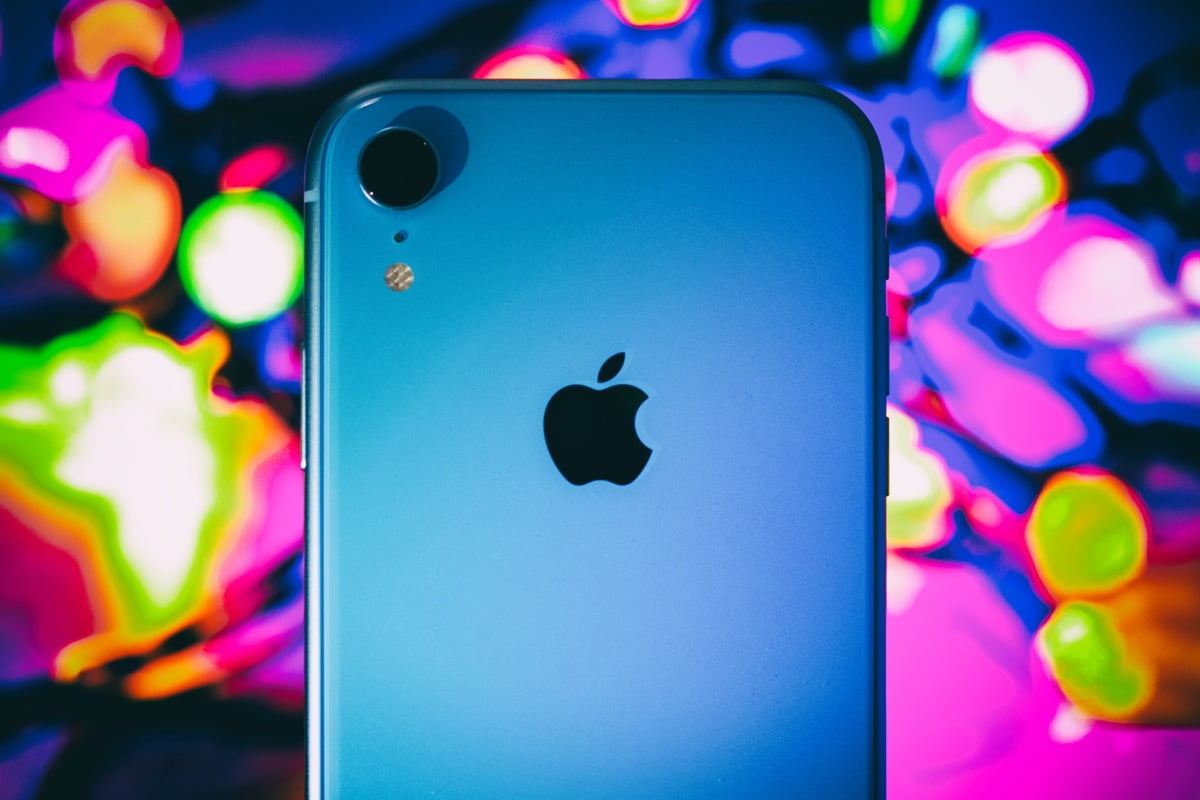
You may have heard the news that more than 300,000 Android users unknowingly downloaded banking trojan apps from the Google Play Store, malicious apps which bypassed the store’s security detections to install malware.
This news comes from a security report that found these trojans cleverly posed as apps that people commonly search for, such as QR code scanners, fitness apps, and a bevy of other popular types of utilities. In fact, these phony apps contain trojans that are designed to steal banking information, harvest keystrokes as you enter account info, and even grab screenshots of what you’re doing on your phone.
The trick with this malware is that it only activates after it is installed, which may or may not be apparent to the user. For the malware to activate, it requires an extra step, such as an in-app update (not through the Play Store), which then downloads the payload of malware onto the phone. In many cases, the bogus apps force users to make this update once the app is downloaded.
So, while the apps that appeared in the Play Store may not have contained malware, they deliver the payload onto the user’s phone post-purchase from other servers, which is a reason why these malicious apps have not been readily flagged.
All of this is just one more way hackers have found to infect smartphones with malware.
It’s no wonder that they target smartphones. They’re loaded with personal info and photos, in addition to credentials for banking and payment apps, all of which are valuable to loot or hold for ransom. Add in other powerful smartphone features like cameras, microphones, and GPS, and a compromised phone may allow a hacker to:
- Snoop on your current location and everyday travels.
- Hijack your passwords to social media, shopping, and financial accounts.
- Drain your wallet by racking up app store purchases or tapping into payment apps.
- Read your text messages or steal your photos.
All of that adds up to one thing—a great, big “no thanks!”
So how do these sorts of malicious apps work? By posing as legitimate apps, they can end up on your phone and gain broad, powerful permissions to files, photos, and functionality—or sneak in code that allows cybercriminals to gather personal info. As a result, that can lead to all kinds of headaches, ranging from a plague of popup ads to costly identity theft.
Here are a few recent examples of malicious apps in the news:
- Fake ad-blocking programs that ironically serve up ads instead.
- Phony VPN apps that charge a subscription and offer no protection in return.
- Utility apps that hijack system privileges and permissions, which expose users to further attacks.
Again, “no thanks!” So, let’s see about steering clear of malicious apps like these.
Contents
- 1 Seven steps to safer mobile app downloads
- 1.1 1) Keep an eye on app permissions
- 1.2 2) Be wary of apps that prompt you for an in-app update
- 1.3 3) Review with a critical eye
- 1.4 4) Go with a strong recommendation
- 1.5 5) Avoid third-party app stores
- 1.6 6) Protect your smartphone with security software
- 1.7 7) Update your phone’s operating system
- 2 Stay on guard against mobile malware
Seven steps to safer mobile app downloads
The good news is that there are ways you can spot these imposters. Major app marketplaces like Google Play and Apple’s App Store do their part to keep their virtual shelves free of malware, as reported by Google and Apple themselves. Still, cybercriminals can find ways around these efforts. (That’s what they do, after all!) So, a little extra precaution on your part will help you stay safer. These steps can help:
1) Keep an eye on app permissions
Another way cyber criminals weasel their way into your device is by getting permissions to access things like your location, contacts, and photos—and they’ll use sketchy apps to do it. (Consider the long-running free flashlight app scams mentioned above that requested up to more than 70 different permissions, such as the right to record audio, video, and access contacts.) So, pay close attention to what permissions the app is requesting when you’re installing it. If it’s asking for way more than you bargained for, like a simple game wanting access to your camera or microphone, it may be a scam. Delete the app and find a legitimate one that doesn’t ask for invasive permissions like that.
Additionally, you can check to see what permissions an app may request before downloading the app. In Google Play, scroll down the app listing and find “About this app.” From there, click “App permissions,” which will provide you with an informative list. In the iOS App Store, scroll down to “App Privacy” and tap “See Details” for a similar list. If you’re curious about permissions for apps that are already on your phone, iPhone users can learn how to allow or revoke app permissions here, and Android can do the same here.
2) Be wary of apps that prompt you for an in-app update
While some apps (like games) rely on downloadable content from within the app, look out for apps that prompt you for an immediate update directly from the app. For the most part, the app you download from the store should be the most recent version and not require an update. Likewise, update your phone through the app store, not the app itself, which can help you avoid malware-based attacks like these.
3) Review with a critical eye
As with so many attacks, cybercriminals rely on people clicking links or tapping “download” without a second thought. Before you download, take time to do some quick research, which may uncover a few signs that the app is malicious. Check out the developer—have they published several other apps with many downloads and good reviews? A legit app typically has quite a few reviews, whereas malicious apps may have only a handful of (phony) five-star reviews. Lastly, look for typos and poor grammar in both the app description and screenshots. They could be a sign that a hacker slapped the app together and quickly deployed it.
4) Go with a strong recommendation
Even better than combing through user reviews yourself is getting a recommendation from a trusted source, like a well-known publication or from app store editors. In this case, much of the vetting work has been done for you by an established reviewer. A quick online search like “best fitness apps” or “best apps for travelers” should turn up articles from legitimate sites that can suggest good options and describe them in detail before you download.
5) Avoid third-party app stores
Unlike Google Play and Apple’s App Store, which have measures in place to review and vet apps to help ensure that they are safe and secure, third-party sites may not have that process in place. In fact, some third-party sites may intentionally host malicious apps as part of a broader scam. Granted, cybercriminals have found ways to work around Google and Apple’s review process, yet the chances of downloading a safe app from them are far greater than anywhere else. Furthermore, both Google and Apple are quick to remove malicious apps once discovered, making their stores that much safer.
6) Protect your smartphone with security software
With all that we do on our phones, it’s important to get security software installed on them, just like we do on our computers and laptops. Whether you go with comprehensive security software that protects all of your devices or pick up an app in Google Play or Apple’s iOS App Store, you’ll have malware, web, and device security that’ll help you stay safe on your phone.
7) Update your phone’s operating system
Hand-in-hand with installing security software is keeping your phone’s operating system up to date. Updates can fix vulnerabilities that cybercriminals rely on to pull off their malware-based attacks—it’s another tried and true method of keeping yourself safe and your phone running in tip-top shape.
Stay on guard against mobile malware
Here are a few more things you can do:
- Keep a close eye on your phone. Mobile malware sometimes leaves clues that your phone has been compromised, like making it run hot or perform poorly.
- Keep tabs on your accounts. With any kind of scam or identity theft, it’s likely going to leave a record in your statements or payment and banking apps. If you spot something fishy there, follow up and report it.
- Consider as part of your overall security measures. It may uncover identity theft-related transactions that you were entirely unaware of, such as someone renting an apartment in your name.
Lastly, you can always ask yourself, “Do I really need this app?” One way to avoid malicious mobile apps is to download fewer apps overall. If you’re unsure if that free game is on the up-and-up or if the offer for that productivity app sounds a little too good, skip it. Look for a better option or pass on the idea altogether. As said earlier, cybercriminals really rely on us clicking and downloading without thinking. Staying on guard against mobile malware will cost you a few moments of your time, which is minimal compared to the potential costs of a hacked phone.
[“source=mcafee”]













































